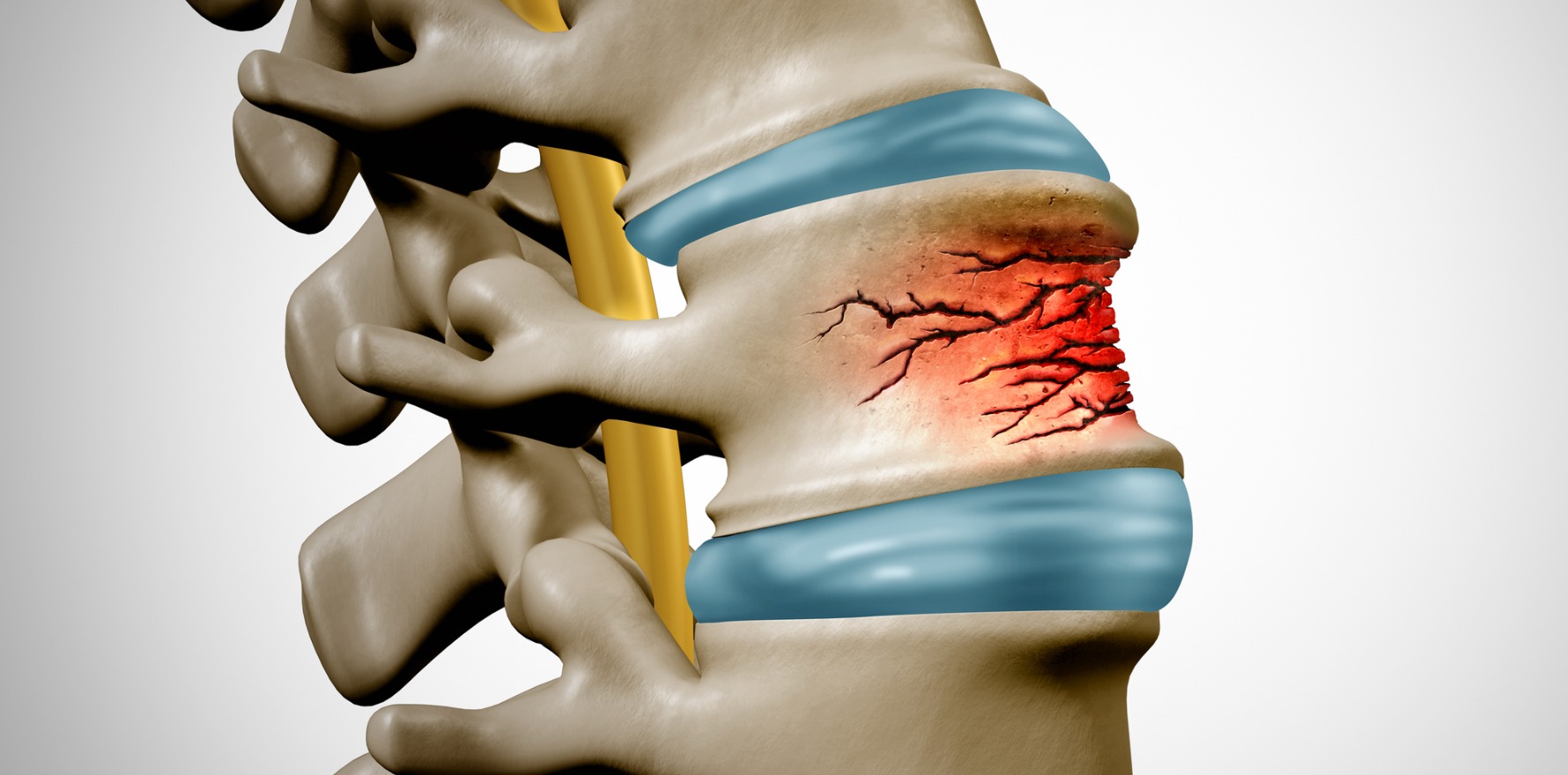The new guidelines provide up-to-date guidance on pharmacological management, fracture risk assessment tools and calcium and vitamin D status.
The RACGP and Bone Australia have released their updated osteoporosis management guide, which provides the latest evidence-based advice for GPs.
According to the chair of the National Osteoporosis Guideline Review Committee, Associate Professor Peter Wong, the new guide provides the latest evidence-based guidance for optimal management of osteoporosis in general practice.
“GPs have a range of effective solutions available to tackle this health issue and the new edition provides clear guidance and recommendations on pharmacological management, including use of osteoanabolic therapies, use of fracture risk assessment tools, and the importance of calcium and vitamin D status in patients.
“It also includes a ‘special issues’ section that features updated recommendations on delayed dental healing and the management of bone health in patients.
“Each section in this new edition has been reviewed and updated with current peer-reviewed evidence by a bone expert with subspeciality expertise, to give GPs the highest standard of guidance and information.”
RACGP expert committee on quality care chair, Professor Mark Morgan, said the guide will serve as a great addition to the GP toolkit.
“We know our GPs do a tremendous job helping patients with these conditions and those at risk of developing them, and this guidance can act as a useful, extra tool to support clinical judgment on a patient-by-patient basis,” he said.
“The latest edition includes information on preventing first fractures, early diagnosis of osteoporosis that allows superior bone health management before a patient’s condition deteriorates, identifying the condition in undiagnosed patients following an initial fracture to prevent subsequent fractures, and the management of secondary causes of poor bone health.”
RACGP president Dr Nicole Higgins championed the third edition of Osteoporosis management and fracture prevention in postmenopausal women and men over 50 years of age and encouraged all members to check it out.
“Many people, including those over 50 years of age, should be aware of their bone health due to the extent of this health issue with Australians living longer and our ageing population,” she said.
“One report conducted just over a decade ago predicted that by 2022 more than six million people aged over 50 years would have osteoporosis or osteopenia, which is a term we use to describe a decrease in bone mineral density not quite low enough to meet the criteria for someone to be considered osteoporotic, an increase of 31% from 2012.
“There has never been a more important time to help GPs care for people with osteoporosis and osteopenia.”


